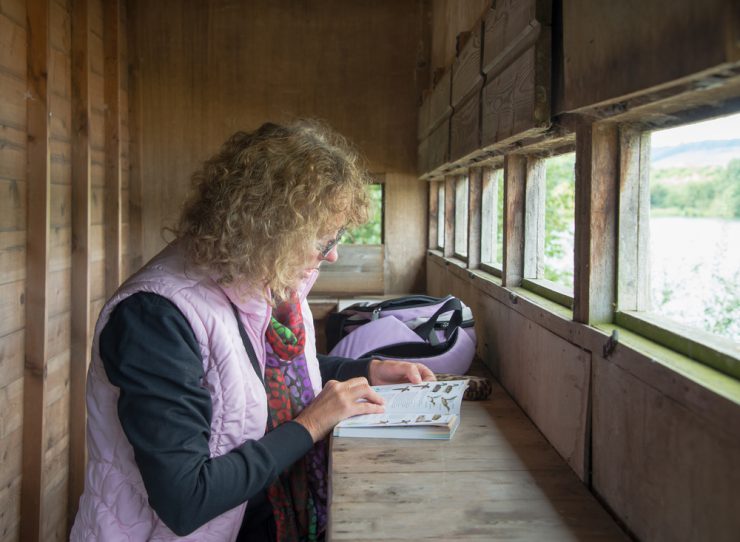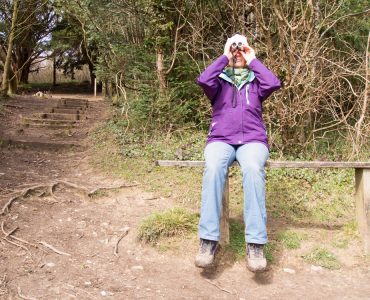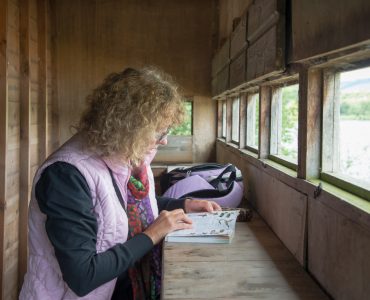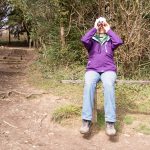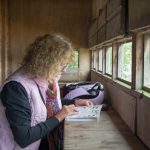The redwings are extremely tiny birds, smaller than even the thrushes. They have red flanks and each eye is made bolder by a striking yellow strip. The upper portions of the bird are a soft olive brown shade, and the lower body is a pale buff colour. The belly and the breast have spots on them of a darker shade than the body. The under area of the wings are, like the flanks, reddish in colour. The supercilium above the eyes is a pale whitish to yellowish shade. The juvenile young ones of the redwing are similar to the adult birds, only that they have numerous buff shaded spots on the back portion of their bodies. When in flight, the bird is most distinguishable from any others due to its red under wing area, and hence the name of the bird as well, redwing.
The scientific name of the redwing is Turdus Iliacus, and when fully grown the bird can achieve lengths of about 21 cm at the most. They weigh only about 55 to 75 grams, and the wing span is around 33 to 35 cm. This is one among the few winter birds found in Britain, coming into the country only during the winter season. They currently have been given an amber status in the country. They redwings don’t normally prefer living in gardens, preferring like most other winter birds, to live in the wooded regions of the local forests.
The redwings have a very variable type of voice, differing at different times. Very often one can hear whole flocks of redwings calling out, especially during migration season, with the call sounding something like a ‘tseep’ sound, in unison, like an orchestrated performance. The song of a redwing is more or less a warbling sound, but is not heard very often due to their scarcity in the country during the summer seasons.
The redwings feed mainly on worms, snails, insects, slugs, and sometimes on fruits or berries as well. In garden areas, the only things which may appeal to a redwing are the soft fruits, such as fallen apples and the hawthorn berries. The breeding season of the bird starts in April and May, with the female giving 2 to 8 eggs in 2 clutches. Their nests can be found in trees, banks, shrubs and the like, built by the female using lichen, grass and moss, and lined with grass and mud. The incubation period lasts about 11 to 16 days, and is handled by the female only. However, both parents have the responsibility of feeding the young birds. The fledge period lasts about 10 to 15 days.
During winter, the redwings some visiting from the Scandinavian regions as well as from Iceland. Their arrival generally occurs in the month of September and they continue to live on here till the end of March or April. The bird is currently listed as an amber status, in high conservation zone, due to the severe decline in their numbers in recent years.


